SEARCH
Budget Travel India: How to See the Country Without Breaking the Bank
India is huge, colorful and full of surprises, but you don’t need a big wallet to enjoy it. From the snowy peaks of the Himalayas to the sun‑kissed beaches of Goa, you can travel smart, spend less, and still get the full experience. Below are the most useful ideas you can start using right away.
When to Go for the Best Prices
The cheapest months are usually October to March, when the weather is pleasant and airlines cut fares after the holiday rush. A quick look at flight price trackers shows that flying in early November or late February can save you up to 30% compared with peak summer bookings. Book at least 45 days in advance and set price alerts – you’ll be surprised how often deals pop up.
How Much Money You Really Need
Most budget travelers spend between INR 1,200 and INR 2,000 per day. That covers a night in a clean guesthouse, two simple meals, local transport and a few entry tickets. For example, a three‑day trip in Delhi can cost around INR 3,500 if you use metro, eat street food and stay in a hostel. In South India, a similar stay may be a bit cheaper because food costs less. Use a simple formula: Daily budget = accommodation + meals + transport + activities. Plug in the numbers you find on our “South India Trip Cost 2025” guide and you’ll have a realistic budget in minutes.
Accommodation is the easiest place to cut costs. Hostels, family‑run inns and even Airbnb rooms shared with locals often cost half of a standard hotel. Look for places with a kitchen – cooking your own breakfast can shave off INR 150‑200 each day.
Food is another big saver. Street stalls, local dhabas and small eateries serve tasty dishes for INR 50‑150. Skip the touristy restaurants and you’ll taste authentic flavors while keeping the bill low. Our “What to Eat in India” article lists safe, cheap options for every region.
Transport can add up if you rely on taxis. Trains, especially sleeper or second‑class AC, are cheap and cover long distances comfortably. For short hops, use auto‑rickshaws or shared cabs; they’re cheap and give you a chance to chat with locals.
If you want to see the famous Golden Triangle (Delhi‑Agra‑Jaipur) on a tight budget, choose a rail pass or book point‑to‑point tickets in advance. A full itinerary can be done in 5‑6 days for under INR 10,000, including entrance fees to the Taj Mahal and Jaipur forts.
Don’t forget to factor in free or low‑cost activities. Many temples, markets and parks have no entry fee. Walking tours, organized by locals on platforms like Meetup, are often tip‑based and give you insider knowledge without the price tag.
Finally, keep a small emergency fund – about INR 1,000 per week – for unexpected transport changes or a sudden rainstorm. Having this cushion means you won’t panic and overspend when something goes off plan.
With these tips, you can explore India’s wonders while staying within a modest budget. The key is planning, flexibility and a willingness to try local food and transport. Pack light, book early, and enjoy the adventure without worrying about the cost.
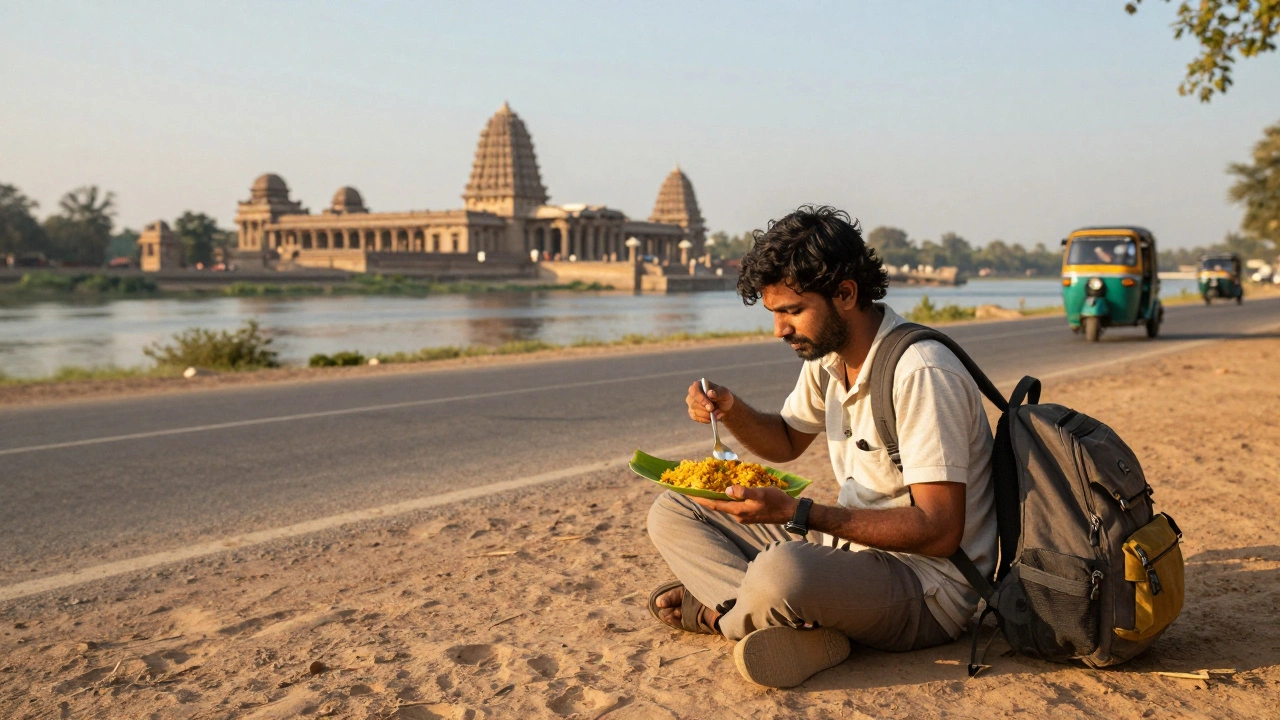
How Far Does $1000 Go in India? A Realistic Budget Travel Breakdown
Discover how $1000 can stretch across 3 weeks in India with smart budgeting-covering stays, food, transport, and real experiences without tourist traps.
Continue reading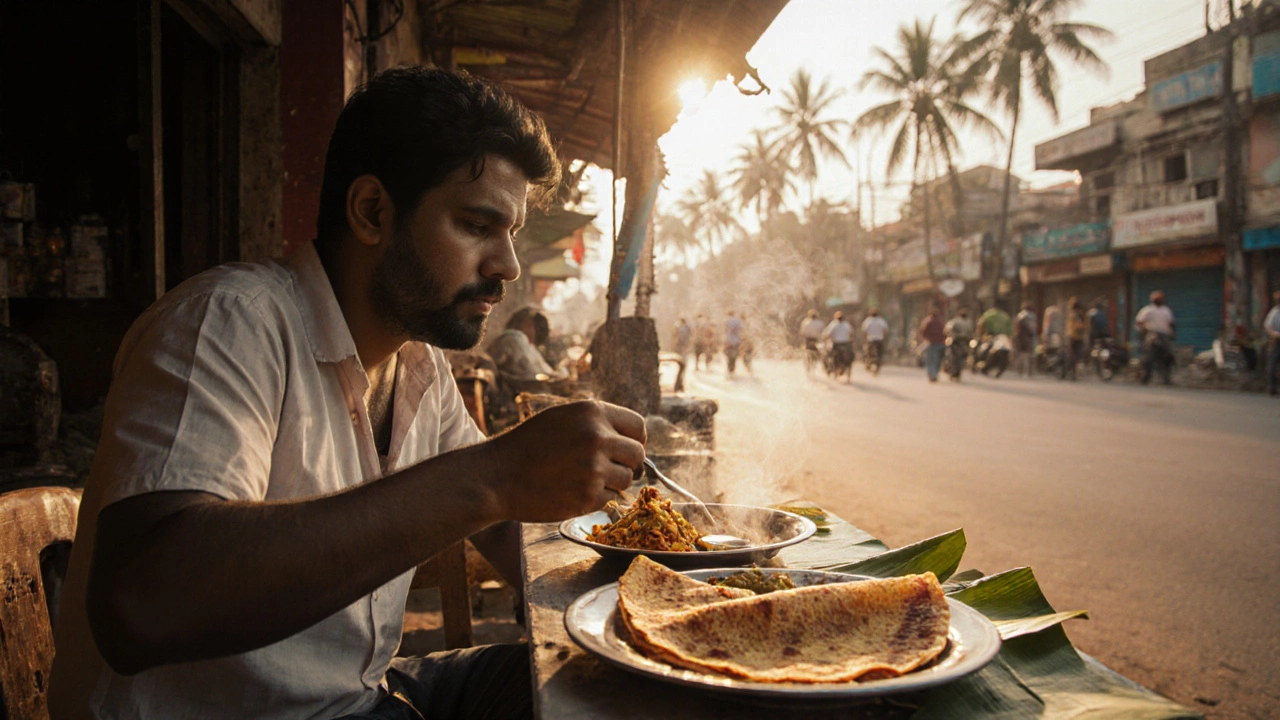
How Much Money Do I Need to Travel to India for 2 Weeks? South India Budget Guide
Find out exactly how much you need to travel South India for two weeks on a realistic budget. This guide breaks down accommodation, food, transport, and hidden costs so you know what to expect without overspending.
Continue reading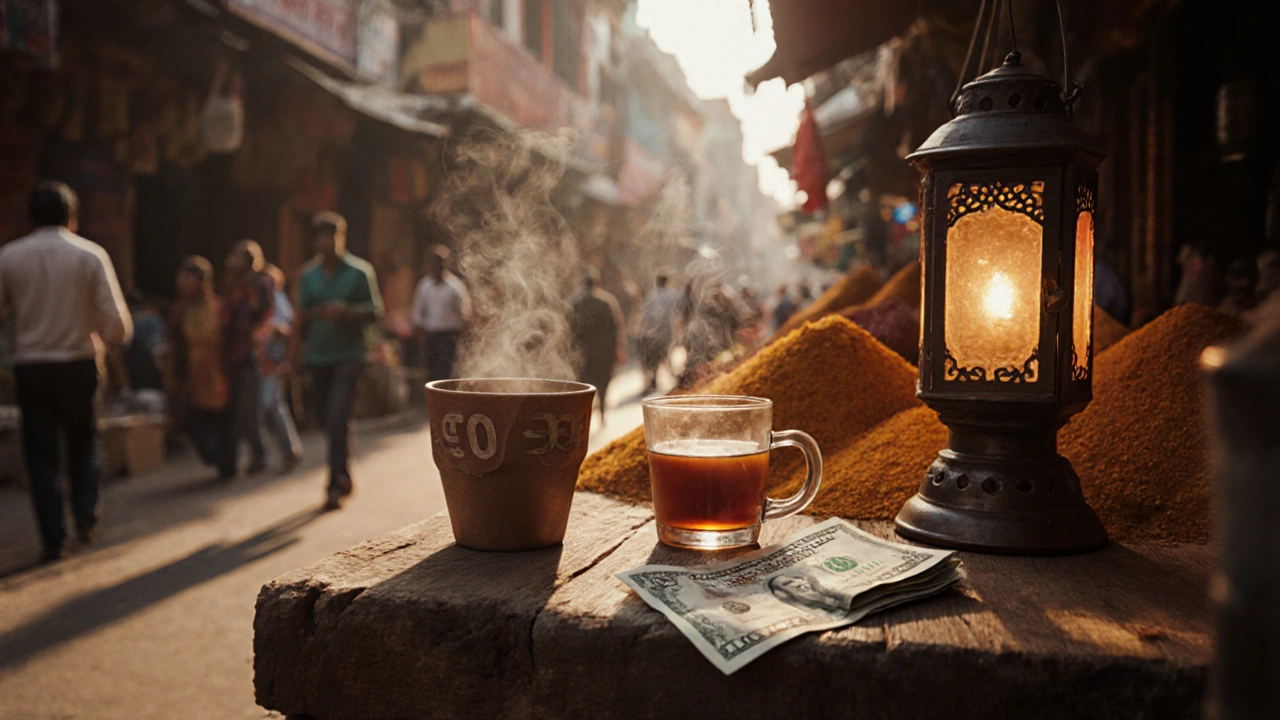
What $1 Can Actually Buy in India - 2025 Budget Guide
Discover exactly what a US dollar buys in India in 2025-street food, transport, data, and tips to stretch that $1 across the country.
Continue reading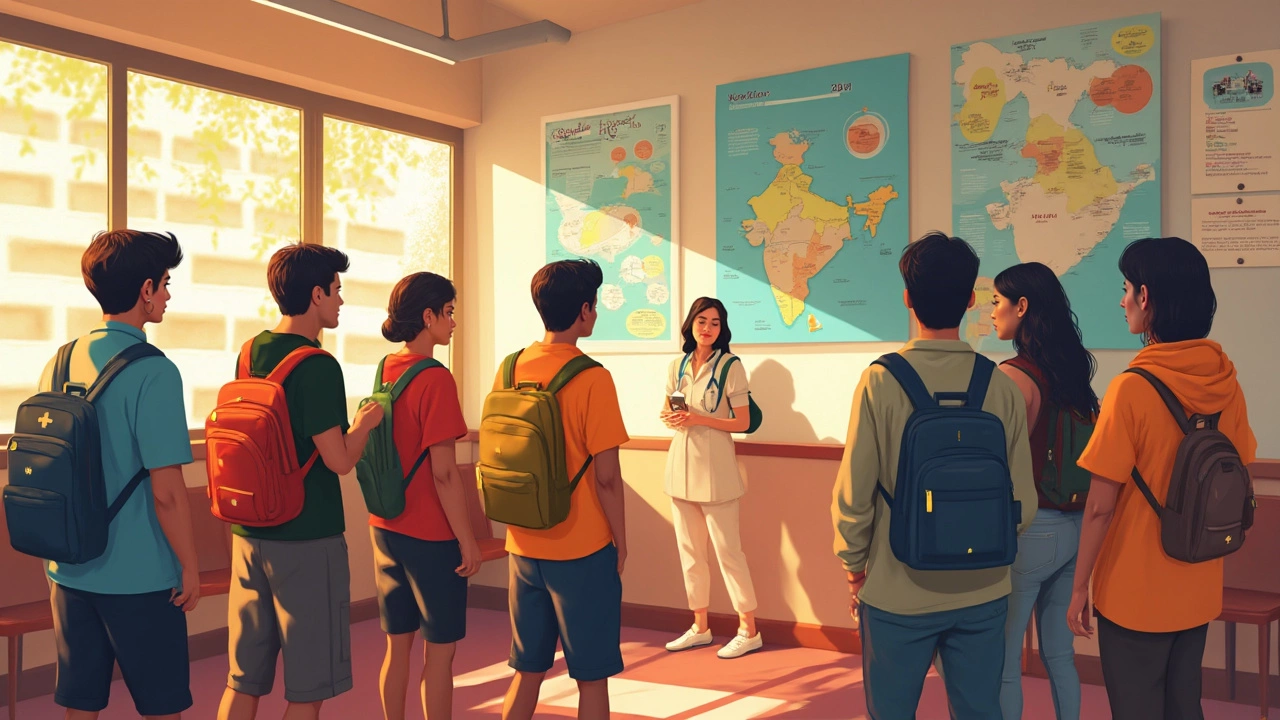
India Travel Vaccinations: What Injections Do You Need?
Wondering which shots you need before heading to India? There’s no need to panic, but you should know which vaccinations are recommended, which ones are required, and how to plan on a tight budget. This article breaks down the essentials on travel injections for India, explains what's truly important, shares practical advice for finding cheap clinics, and debunks common myths. Stay healthy and confident for your next adventure.
Continue reading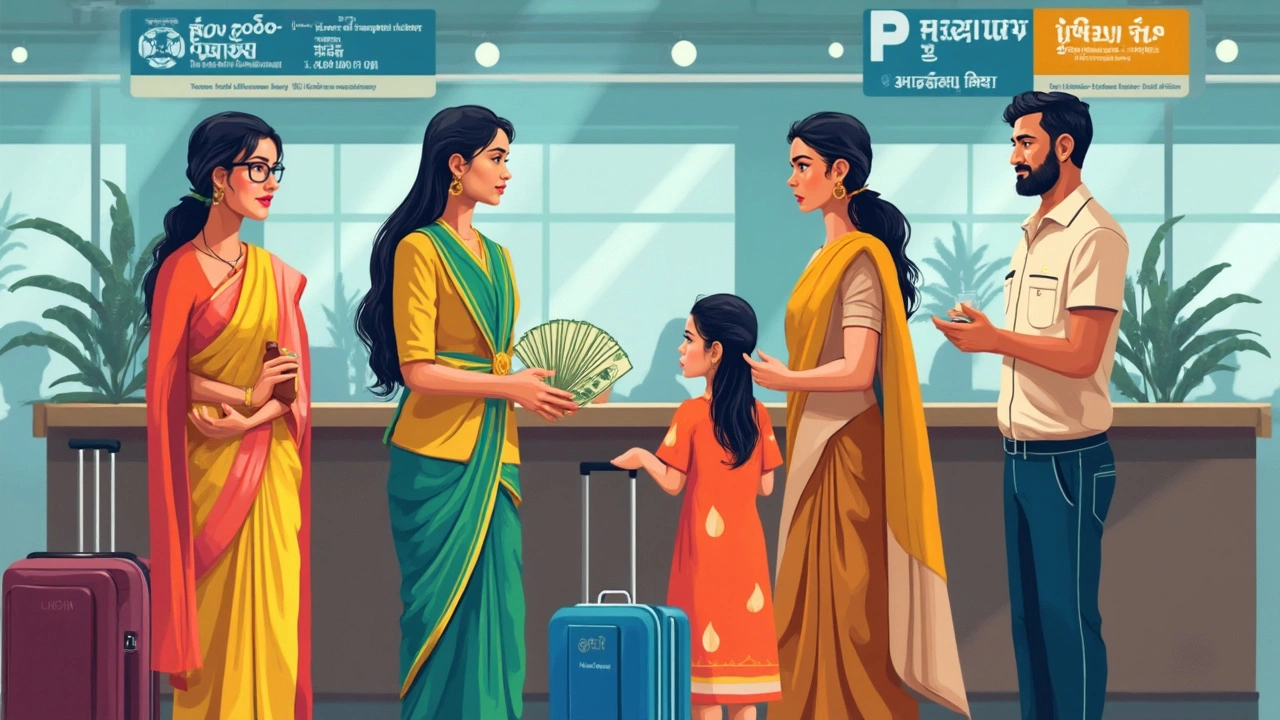
How Much USD Can I Bring to India? Budget Travel Essentials
Wondering how much US dollars you can carry into India? This guide breaks down the rules set by Indian customs for bringing cash, shares tips on declaring your money, and gives helpful advice for budget travelers. Learn about the latest limits, avoid hassles at the airport, and pick up some practical tips for handling your travel money. Whether you’re coming for adventure, work, or family visits, staying informed about currency limits will save you headaches and help you travel smoother. Get the inside scoop, right here.
Continue reading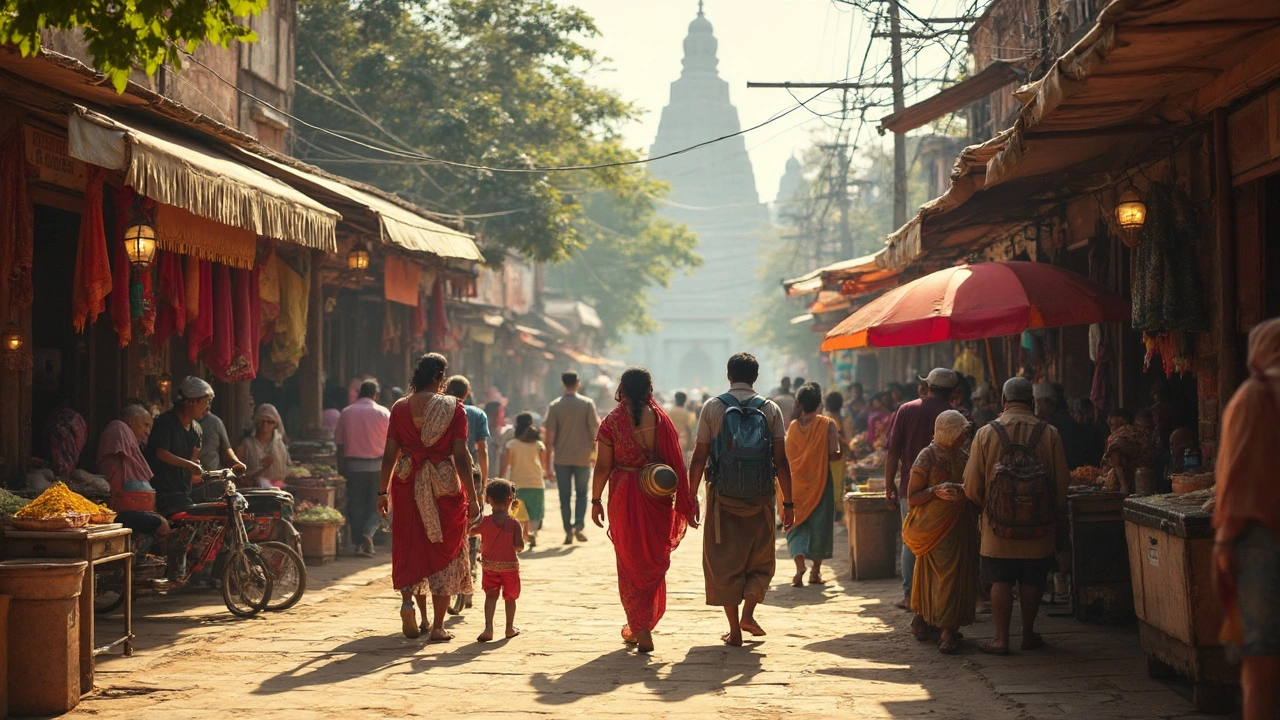
Is $500 USD a Lot in India? Budget Travel Insights You Won't Want to Miss
Thinking about what $500 USD can do in India? This guide digs into how far your money really goes in the country. Find out what typically eats up your travel budget and where you can stretch every dollar. Get smart tips on accommodation, food, getting around, and local experiences that won’t break the bank. Check out a practical spend plan for every kind of traveler.
Continue reading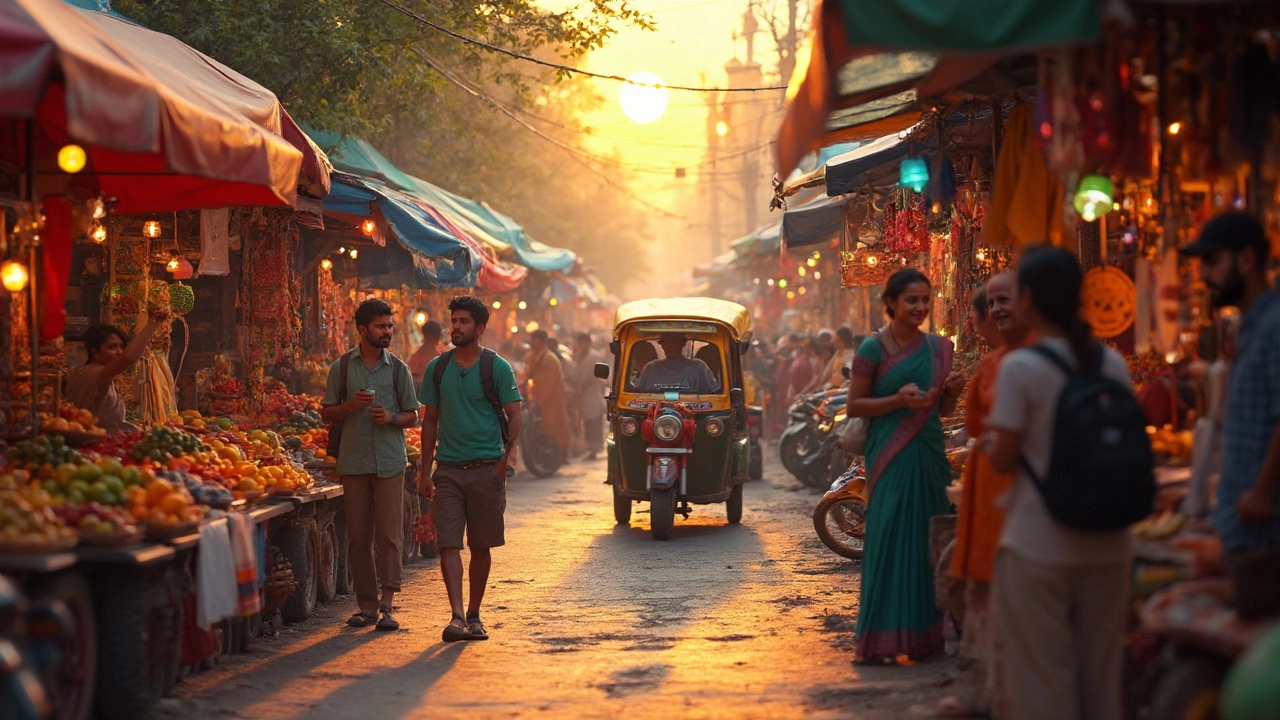
Is India Expensive as a Tourist? Real Costs, Smart Tricks, and Surprises
Thinking about traveling to India? You might be wondering if your savings will last or disappear too quickly. This article breaks down what tourists actually pay across the country, from cheap eats and hostels to splurges and hidden costs. Expect practical tips, stories from real travelers, and up-to-date prices for 2025. Planning a smart, affordable trip to India is easier than you think.
Continue reading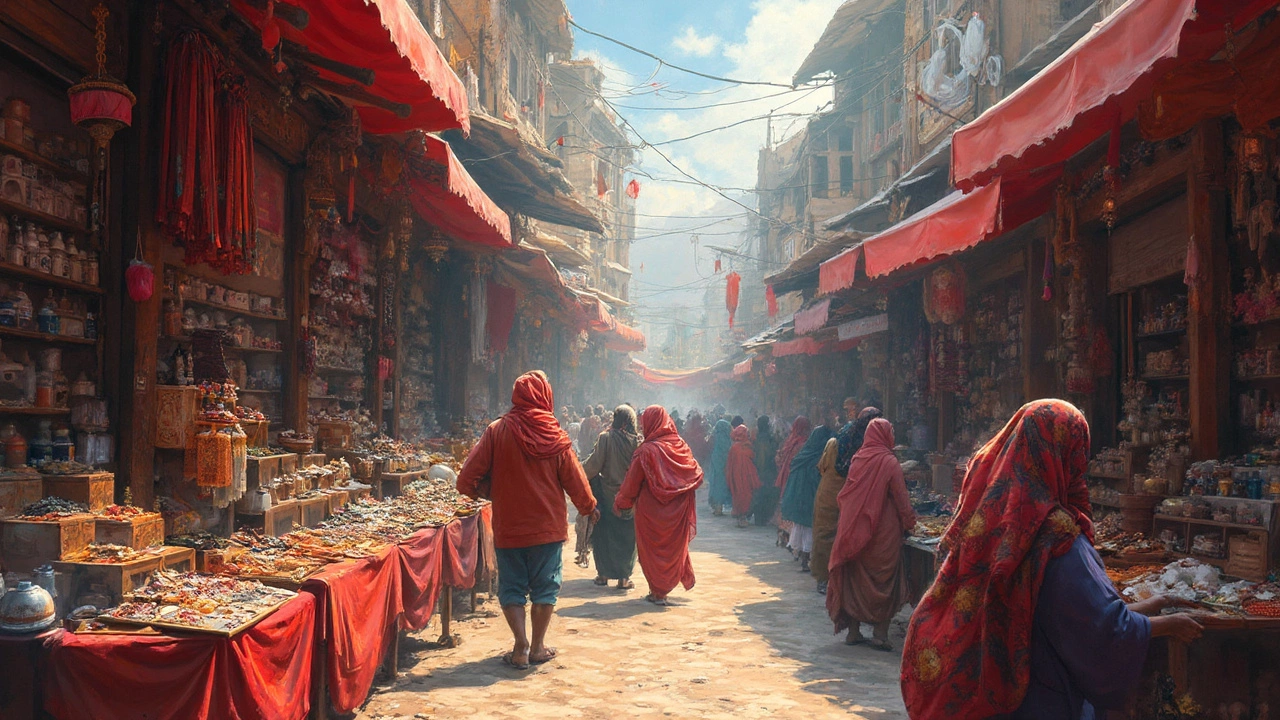
Understanding Currency Exchange: $100 US in India
Traveling to India on a budget? Knowing how far your US dollars can go is crucial. $100 might surprise you with its purchasing power in India, offering plenty of opportunities to explore without breaking the bank. From understanding exchange rates to practical tips for spending wisely, we'll break down everything you need to know about making your money stretch further in India.
Continue reading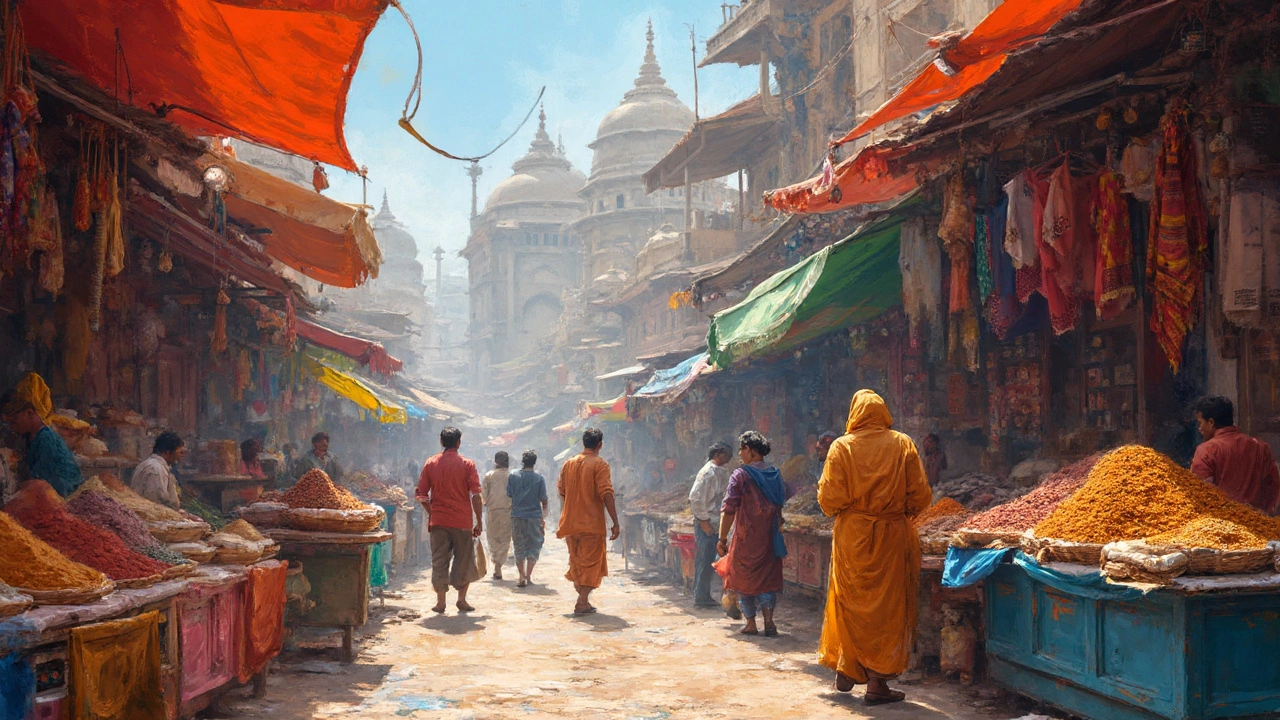
How Much Money Do You Really Need for Traveling in India?
Traveling through India is a captivating experience filled with vibrant cultures, diverse landscapes, and delicious foods. But how much money do you really need to enjoy this vast country? Costs can vary widely depending on travel style, places you visit, and experiences you choose. This guide breaks down the essential expenses and offers savvy tips to save money while ensuring a memorable trip.
Continue reading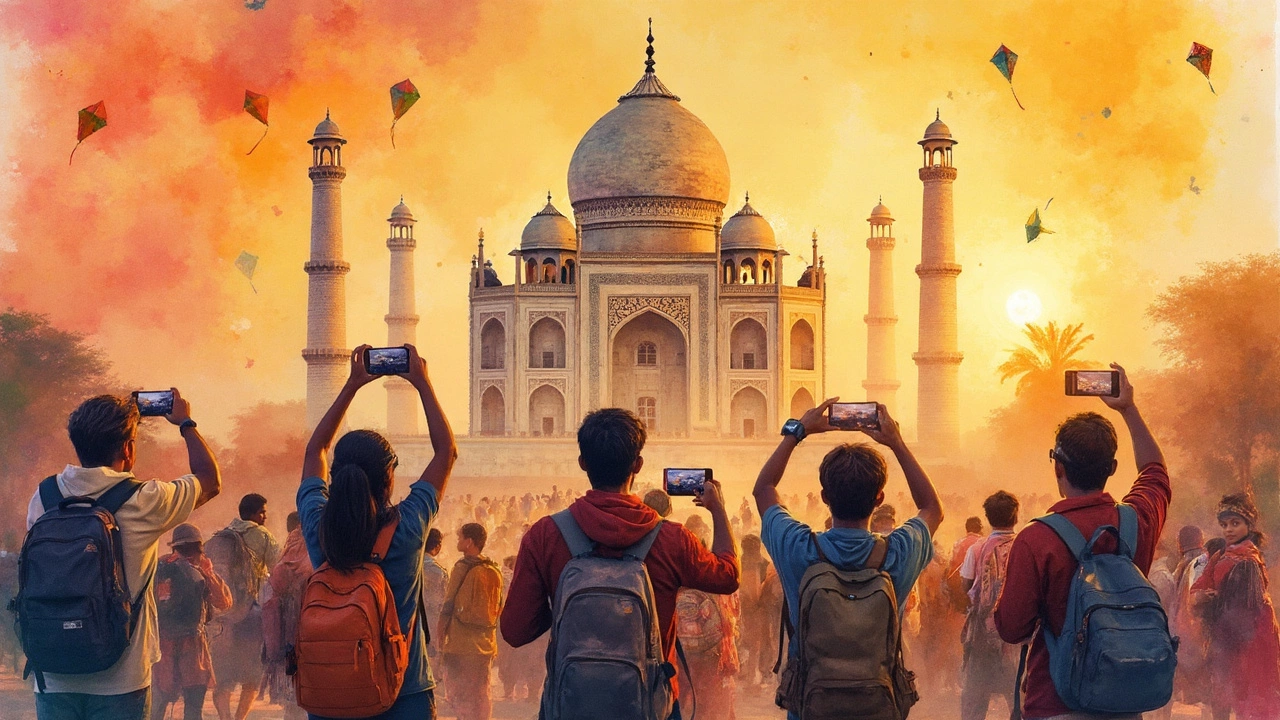
Budget Travel in India: How Much Money Do You Really Need?
Planning a trip to India on a budget can be an exciting adventure filled with vibrant colors, historical wonders, and diverse cultures. Knowing how much money you'll need can make or break your travel experience. This article explores the realistic costs associated with food, accommodation, transportation, and popular attractions in India. We also provide practical tips on saving money without sacrificing fun and comfort, helping you create an enriching itinerary that doesn't drain your wallet.
Continue reading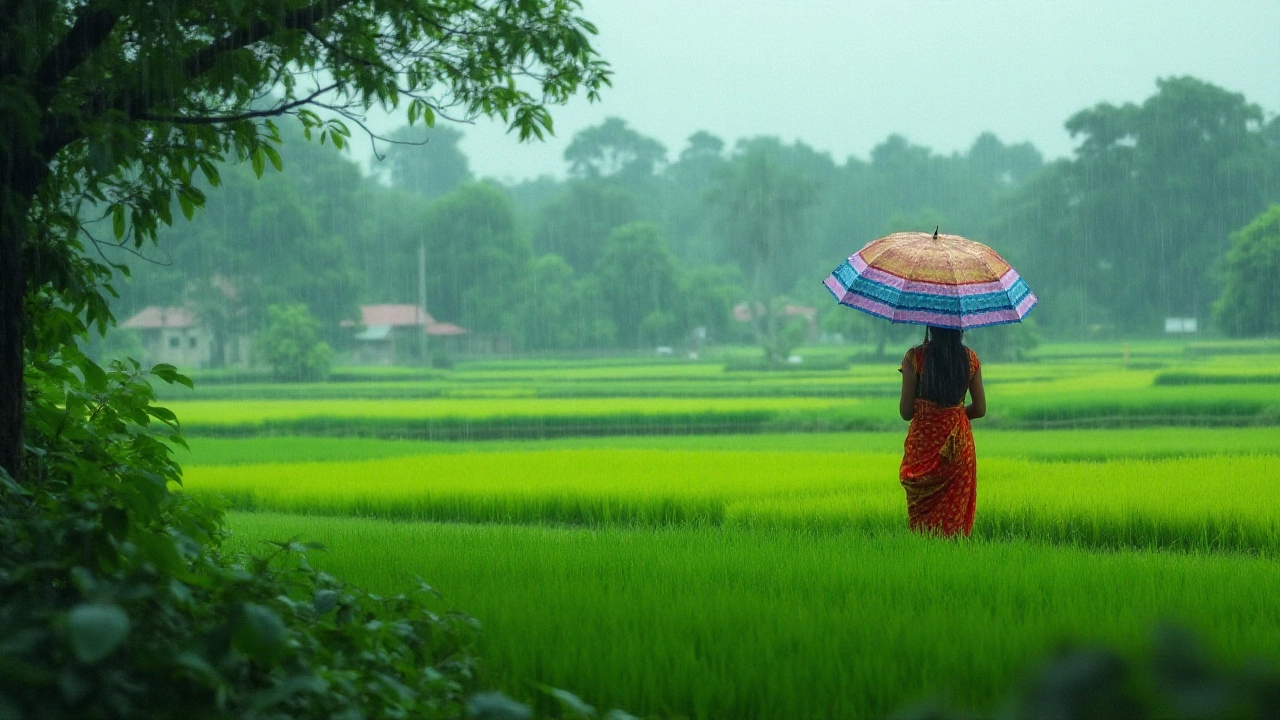
Rainy Season in India: Timing, Travel Tips, and Budget-Friendly Destinations
India's rainy season, known as the monsoon, typically spans from June to September. This period transforms the landscape, offering a unique travel experience for those willing to embrace the rain. The monsoon also comes with travel perks, including lush scenery, fewer crowds, and often lower prices. While the rains can present challenges, savvy travelers can capitalize on these months for an enriching journey across India.
Continue reading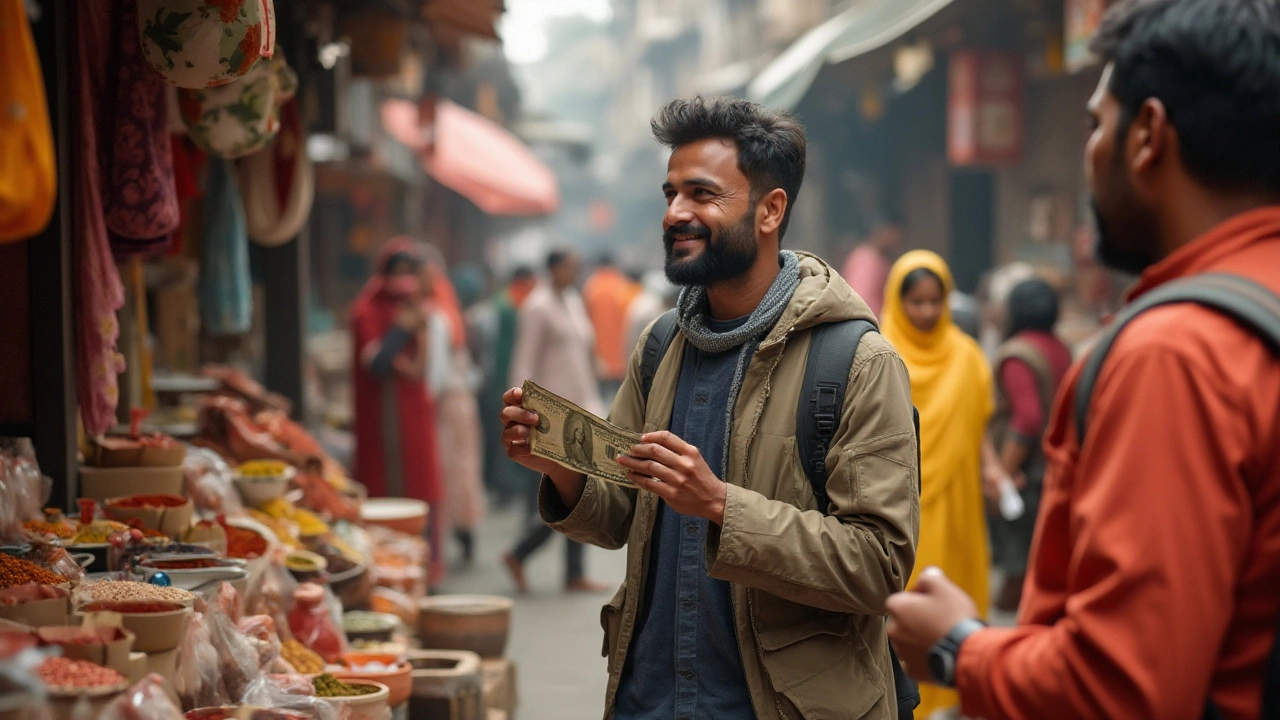
What Is $1 US Worth in India: Your Guide to Budget Travel
The value of $1 US in India changes over time and understanding its worth is crucial for travelers on a budget. This article explores the current exchange rate, providing practical tips for making the most of a dollar in India. With insights into daily expenses, local transport, and accommodations, this guide helps travelers maximize their experience in India. Discover how to manage your travel budget effectively by understanding the currency conversion dynamics and economic factors. Whether grabbing a meal or exploring local attractions, learn to stretch your dollar further.
Continue reading